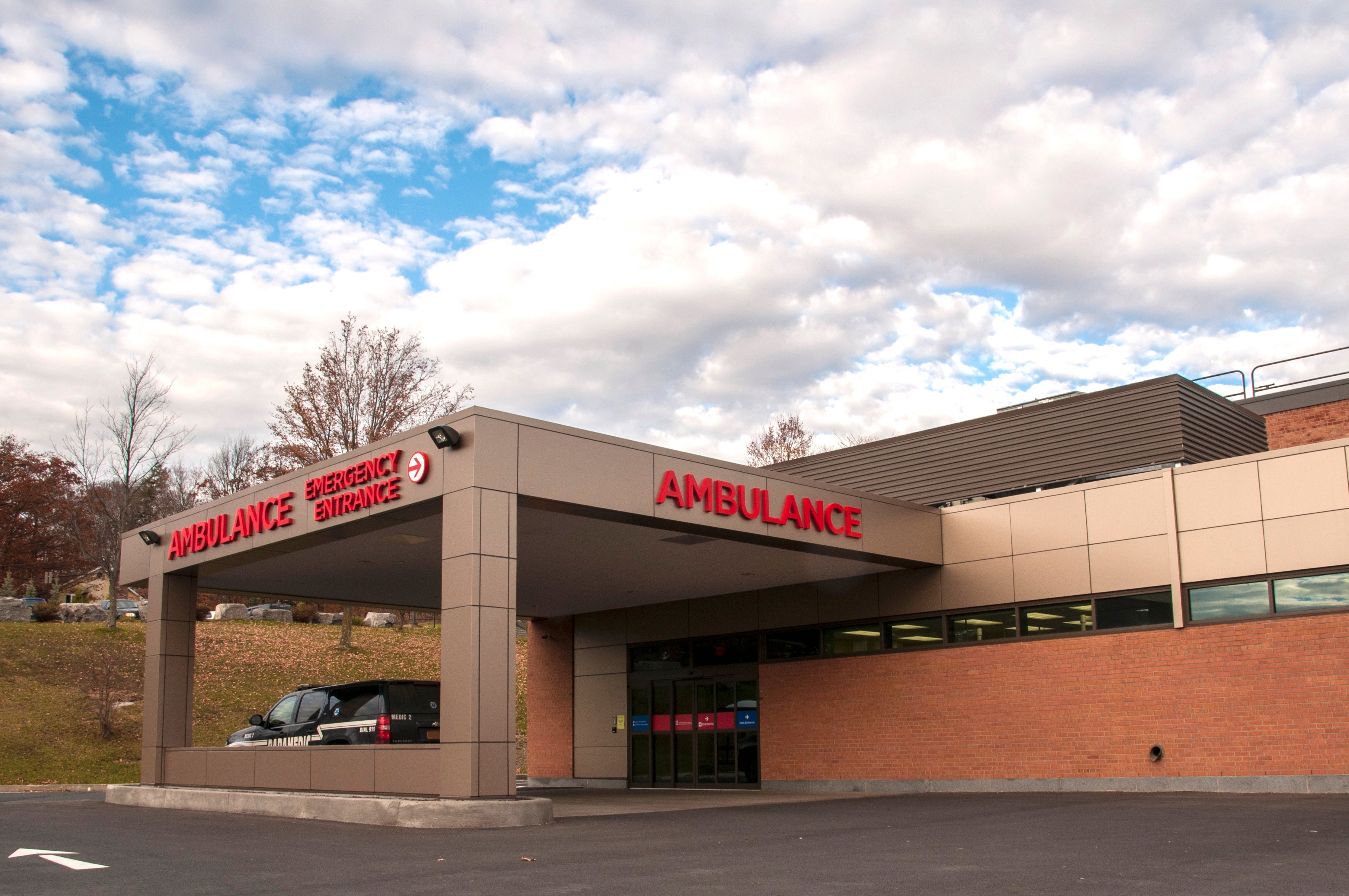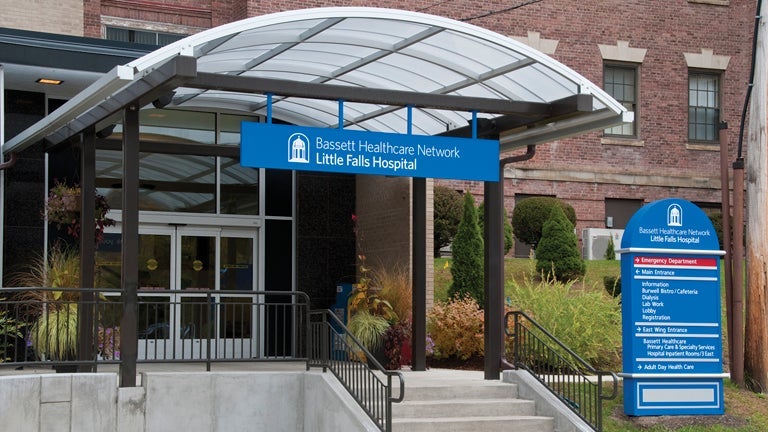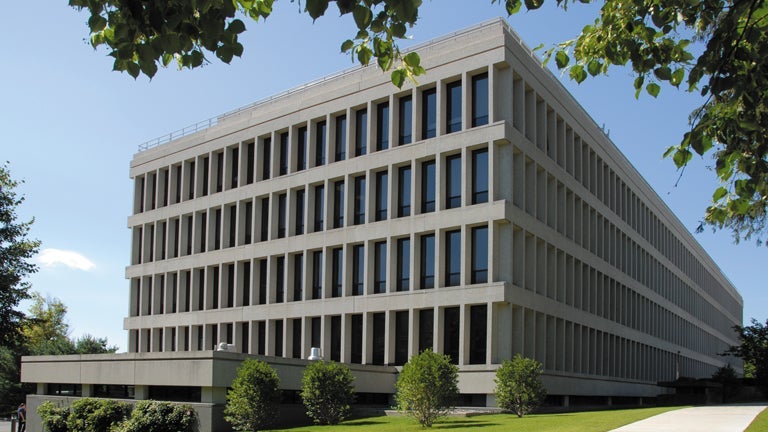Neurosurgical Treatments & Services
Neurosurgical Treatments & Services
Our practitioners work closely with other specialists to provide our patients with coordinated care for complex neurological problems. At Bassett Healthcare Network, our expert physicians specialize in the treatment of specific neurosurgical conditions.
Neurosurgical Treatments at Bassett Healthcare Network
- Stereotactic brain surgery – a surgical procedure where a brain tumor or brain lesion is removed with assistance of image guidance to guide the surgeon to the exact location of the lesion. This method allows the surgeon to accurately and safely remove as much abnormal tissue as possible
- Stereotactic Radiosurgery (SRS) – a non-surgical procedure that delivers precisely-targeted radiation to brain tumors at higher doses, in only a single or few treatments, as compared to traditional radiation therapy. SRS targets radiation to minimizing exposure the surrounding healthy tissue
- Craniotomy for brain tumor, vascular lesion, or other brain disorder – surgical procedure that opens the skull for removal of a tumor or lesion
- Ventriculoperitoneal shunt – is a medical device that relieves pressure on the brain caused by fluid accumulation
- Chiari decompression – a specific type of craniotomy designed to make more room for the herniated cerebellum, and to relieve pressure on the brain
- Endovascular neurosurgery – surgery that uses catheters and radiology to treat various conditions and diseases of the central nervous system
- Vascular neurosurgery – surgery on the blood vessel in and around the brain and lesions that arise from them including aneurysms, AVM, and cavernous malformations
- Carotid endarterectomy (CEA) – surgical procedure used to treat narrowing (stenosis) of the carotid artery
- Endoscopic surgery for pituitary tumor – minimally invasive surgical removal of the pituitary tumor with the help of our colleagues from Otolaryngology (ENT) & Audiology
Visit the Spine & Back Pain webpage
- Minimally invasive spine surgery – using modern techniques to minimize the impact of surgical procedures while maximizing recovery and outcomes
- Vertebroplasty – stabilizes a compression fracture of the spine using spinal cement
- Kyphoplasty – stabilizes a compression fracture using a balloon to create cavity that the bone cement can be injected with little pressure
- Spinal instrumentation/fusion
- Spinal injections
- Anterior cervical discectomy and fusion (ACDF) – surgical procedure to treat nerve root or spinal cord compression by decompressing the spinal cord and nerve roots of the cervical spine in order to stabilize the corresponding vertebrae
- Cervical disc arthroplasty – disc replacement surgery
- Lumbar and thoracic discectomy - surgical removal of herniated disc material that presses on a nerve root or the spinal cord
- Cervical, lumbar, and thoracic laminectomy – surgical removal of the lamina (back part of vertebra) to decompress the spinal canal and nerves
- Cervical, lumbar, and thoracic spinal fusion – surgical procedure that joins two or more vertebrae when needed to treat instability
- Image-guided spine surgery – using the latest in technology to guide the surgeons instruments for improved accuracy with minimal invasion
- Spinal revision and reconstruction surgery







